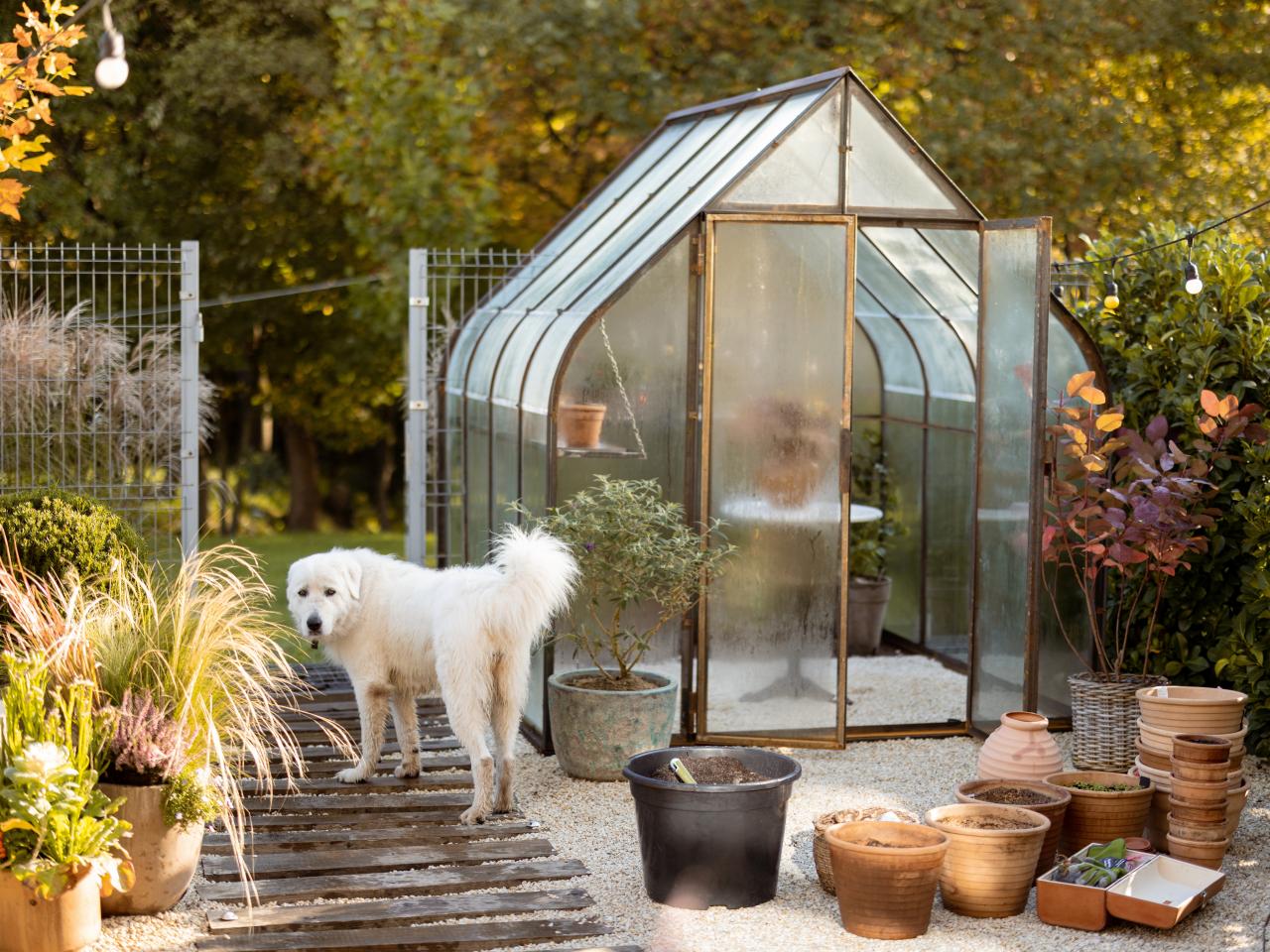Imagine stepping into your backyard oasis, surrounded by lush greenery and thriving plants all year round. With a sloping block, you might think this dream is out of reach, but fear not! Building a greenhouse or conservatory on your sloping block opens up a world of possibilities for gardening enthusiasts. In this comprehensive guide, we’ll walk you through everything you need to know to turn that challenging terrain into a thriving garden paradise.
Introduction
Greenhouses are more than just structures; they’re sanctuaries for plants, providing optimal conditions for growth and protection from the elements. Whether you’re an avid gardener or just starting, having a greenhouse on your property can revolutionize your gardening experience.
Choosing the Right Location
Before you start construction, it’s crucial to find the perfect spot for your greenhouse. Consider factors like sunlight exposure, wind direction, and accessibility for maintenance. With a sloping block, finding a level area with adequate sunlight might require some creative planning.
Preparing the Sloping Block
Clearing vegetation and leveling the ground are essential steps in preparing your sloping block for construction. Soil testing will help determine if any amendments are needed to create an optimal growing environment.
Designing Your Greenhouse
When designing your greenhouse, consider factors such as style, size, and materials. The layout should complement your landscape while maximizing space for plant growth.
Foundations and Construction
A solid foundation is critical, especially when building on a slope. Whether you choose to hire professionals or tackle it as a DIY project, ensuring proper construction is key to the longevity of your greenhouse.
Optimizing for Climate Control
Maintaining the right climate inside your greenhouse is vital for plant health. Insulation, ventilation, and heating/cooling systems will help regulate temperature and humidity levels year-round.
Choosing the Right Plants
Selecting the right plants for your greenhouse depends on your local climate and personal preferences. From vegetables to exotic flowers, there’s a wide range of options to explore.
Irrigation and Water Management
Efficient irrigation and water management systems are essential, especially on sloping blocks where water runoff can be an issue. Consider rainwater harvesting and drainage solutions to make the most of natural resources.
Pest and Disease Management
Preventing pests and diseases is crucial for maintaining a healthy garden. Implementing organic pest control methods and regularly monitoring for signs of trouble will help keep your plants thriving.
Maximizing Space and Efficiency
With careful planning, you can maximize space and efficiency in your greenhouse. Utilizing vertical gardening techniques and investing in proper shelving and storage solutions will help optimize your growing area.
Regular Maintenance and Upkeep
Regular maintenance is key to ensuring your greenhouse remains in top condition. Establishing cleaning routines and conducting regular inspections will help prevent issues and prolong the life of your structure.
Budgeting and Cost Considerations
While building a greenhouse is an investment, it offers significant long-term benefits. Consider the initial costs versus the potential savings on groceries and the value it adds to your property.
Benefits of a Greenhouse on a Sloping Block
From extending your growing seasons to enhancing your property’s aesthetics, the benefits of having a greenhouse on a sloping block are plentiful. It’s a valuable addition for any gardening enthusiast looking to take their hobby to the next level.
Challenges and Potential Issues
While building a greenhouse on a sloping block offers many advantages, it’s not without its challenges. Erosion, structural integrity, and regulatory compliance are factors that need careful consideration during the planning and construction phases.
Conclusion
Building a greenhouse on your sloping block is a rewarding endeavor that opens up a world of possibilities for gardening enthusiasts. With proper planning, construction, and maintenance, you can create a thriving oasis that brings joy and beauty to your home for years to come.







